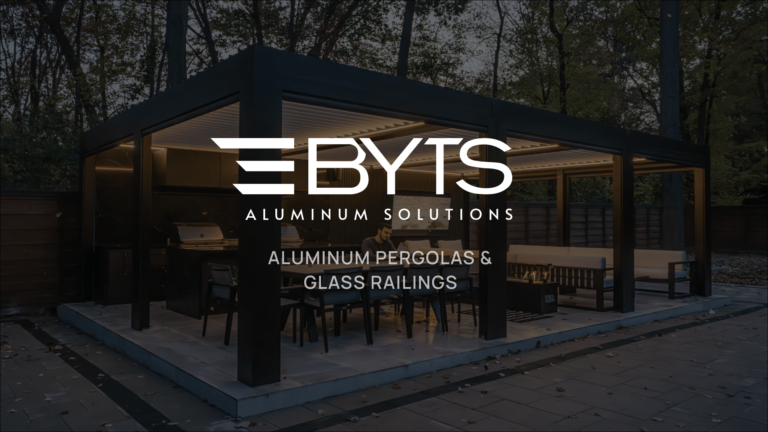When it comes to managing protective shelters, the stakes are incredibly high. Poor shelter management doesn’t just mean discomfort or inconvenience—it can lead to catastrophic failures, endangering lives, compromising expensive infrastructure, and causing costly downtime. Understanding these hidden costs is essential for anyone responsible for shelter safety and operations. Fortunately, the Shelter Control System (SCS) offers a powerful solution to prevent these consequences by ensuring precise, continuous management of critical shelter functions.
The High Price of Poor Shelter Management
Many shelters still rely heavily on manual monitoring, outdated technology, or fragmented systems. These approaches often fail to detect subtle but dangerous changes in environmental conditions or operational performance until incidents occur. The real costs of poor shelter management include:
Health and Safety Risks: Shelters often protect occupants from hazardous substances, extreme weather, or other threats. If ventilation, filtration, or pressure systems are not actively managed, contaminants can enter or dangerous conditions can develop unnoticed. The result? Serious health risks, exposure to toxins, or even fatalities.
Equipment Damage and Wear: Improper management leads to uneven system usage or delayed maintenance. Filtration units clog, fans overwork, and other critical equipment degrades faster than expected, forcing premature replacements and increasing capital expenses.
Increased Downtime and Repair Costs: Breakdowns caused by overlooked system faults cause expensive downtime—especially in environments where shelter operation is mission-critical. Emergency repairs and operational halts disrupt workflows and inflate costs sharply.
Energy Wastage: Manual or inconsistent system control often results in running ventilation or filtration units unnecessarily or at inefficient levels. This energy wastage raises operational costs and environmental impact.
Compliance Failures: Many shelters must meet strict regulatory standards for air quality, monitoring, and record-keeping. Insufficient management can cause compliance failures, leading to hefty fines and reputational damage.
How a Shelter Control System (SCS) Solves These Problems
The Shelter Control System (SCS) is a comprehensive automation solution designed to transform shelter management from reactive and inconsistent to proactive and precise. Here’s how it tackles each core issue:
Continuous Health and Safety Assurance: Unlike manual systems that rely on intermittent checks, the SCS uses an integrated network of sensors to constantly monitor air quality, internal pressure, temperature, and humidity. It immediately detects hazardous changes and triggers corrective actions, protecting occupants from harm without delay.
Proactive Equipment Protection: The system tracks equipment performance and operational hours, predicting wear and alerting staff before failures occur. This prevents overwork, extends equipment lifespan, and schedules maintenance at the most opportune times to reduce repairs.
Minimizing Downtime Through Predictive Diagnostics: By logging and analyzing system data continuously, the SCS identifies emerging faults early. This data-driven approach means maintenance can be planned proactively, reducing unplanned shutdowns and expensive emergency fixes.
Optimized Energy Usage: The Shelter Control System intelligently adjusts system operations, matching ventilation and filtration needs to actual environmental conditions. This avoids wasteful operation and lowers energy bills while maintaining safety.
Simplified Compliance and Reporting: All sensor data and system actions are automatically recorded, providing transparent and accurate records required by regulators. This simplifies compliance, reduces audit preparation time, and supports continuous operational improvement.
Real-World Cost Savings
Organizations that have embraced the Shelter Control System (SCS) report measurable benefits:
- Dramatic reductions in energy consumption and utility costs
- Fewer emergency repairs and longer equipment lifespan
- Improved occupant safety metrics and regulatory compliance
- Increased confidence that shelters remain fully operational during emergencies
For example, a government protective shelter equipped with an SCS avoided costly system failures during a simulated hazard by detecting early filter saturations and automatically adjusting operations, saving thousands in repair costs and boosting occupant safety.
The True Value of Investing in an SCS
While implementing an advanced Shelter Control System involves upfront investment, the long-term savings far outweigh the costs. When balanced against the potential financial and human consequences of poor shelter management, the SCS quickly proves to be an indispensable asset.
Cost Benefits Include:
- Significantly reduced operational expenses through automation
- Avoidance of expensive emergency repairs
- Minimized regulatory penalties with guaranteed compliance
- Protection of human life and safety, the most valuable investment of all
Moreover, the peace of mind that comes from knowing your shelter environment is continuously controlled and resilient adds intangible value to the investment.
Why Delay Shelter Upgrades?
Many organizations continue operating with outdated shelter management practices due to cost concerns or inertia. However, the growing complexity of threats, stricter regulations, and rising operational costs mean such delays increase risks daily.
Adopting the Shelter Control System (SCS) today positions your shelter for future challenges, making sure safety, efficiency, and compliance are never compromised. Modern threats require modern solutions, and the SCS is built to meet those needs head-on.
Conclusion
The cost of poor shelter management goes far beyond just money—it impacts safety, reputation, and operational continuity. The Shelter Control System (SCS) is the only reliable way to eliminate these hidden costs through intelligent, automated control that guarantees shelter performance when it matters most.
For anyone responsible for shelter operations, investing in a robust Shelter Control System is not just a smart business decision—it is a critical choice to safeguard lives, assets, and futures.




